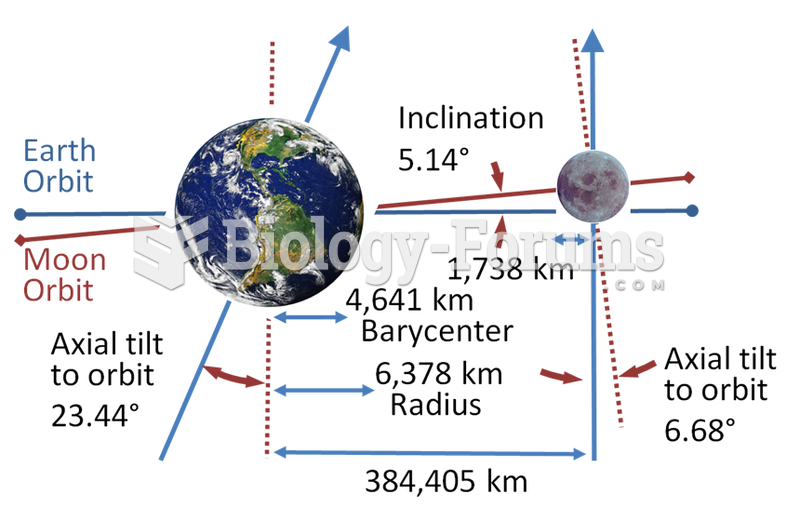Answer to Question 1
ANSWER: Nature gets rid of some of it. Some is blown inland to form sand dunes, especially in areas without coastal cliffs. Other processes can permanently remove sand from the system. Some is beaten down to finer grains in the surf and then washed out to deeper water. Rip currents form when waves carry more water onshore than returns in the swash. That current flows back offshore in an intermittent stream that carries some of the beach sand back into deeper water. Huge storms such as hurricanes carry large amounts of sand far offshore. Some sand drifts into inlets that cross barrier islands, where dredges remove it to keep the inlets open for boat traffic. Some migrates along coasts for a few hundred kilometers until it encounters the deeper water of a submarine canyon that extends offshore from an onshore valley.
Answer to Question 2
ANSWER: Grain size strongly controls the slope of a beach, called its shore profile. Just as in a stream, fine sand can be moved on a gentle slopecoarse sand or pebbles only on a much steeper slope. Whether the sediment moves shoreward or not depends on the balance (equilibrium) between shoreward bottom drag by the waves, size of bottom grains, and downslope pull by gravity. This balance is called the equilibrium profile. Thus, the slope of the bottom is controlled by the energy required to move the grains, which is related to water depth, wave height, and grain size. Shallower water, smaller waves, and coarser grains promote steeper slopes offshore, just as in rivers. In the breaker zone offshore, waves can easily move the sand, and the beach surface is gently sloping. As breakers sweep up onto the shore, the water is shallower, their available energy decreases, and the shore profile steepens. Sand there can move back and forth only on such a steeper slope.







